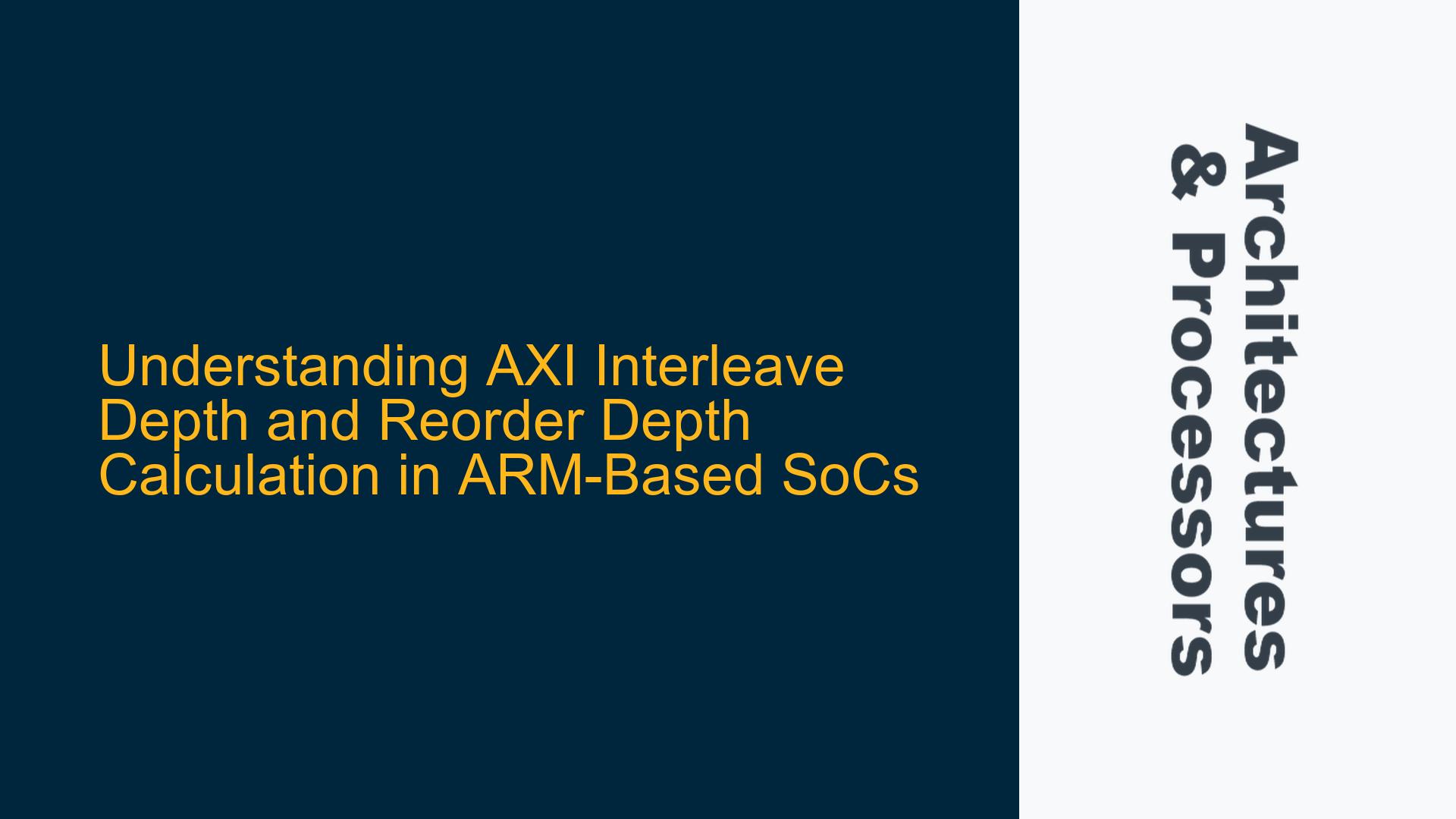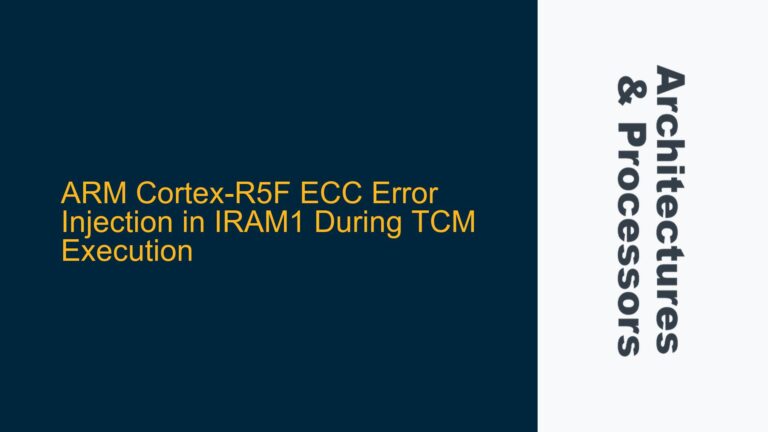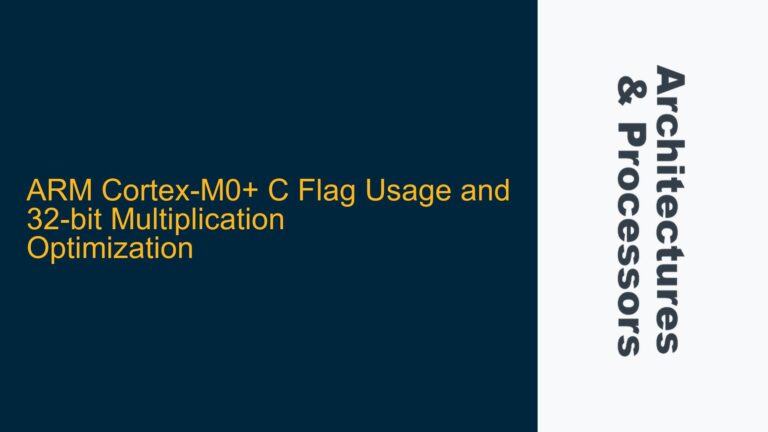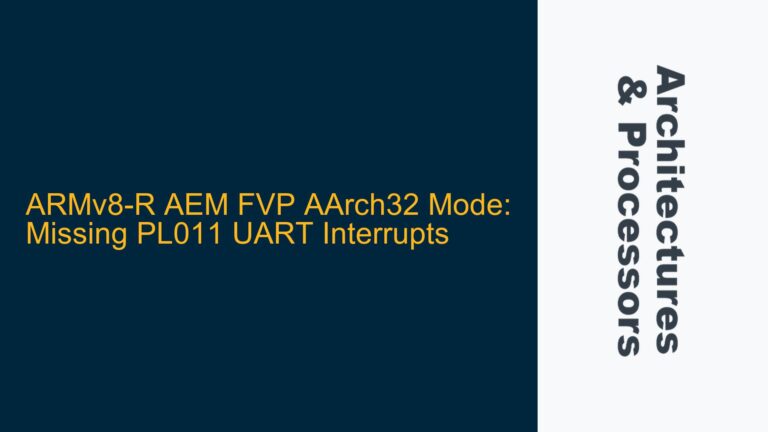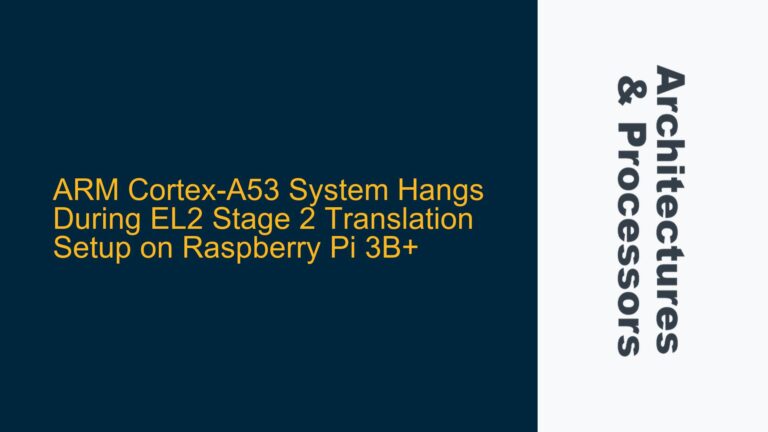AXI Interleave Depth and Reorder Depth: Definitions and Key Differences
AXI (Advanced eXtensible Interface) is a critical component of ARM’s AMBA (Advanced Microcontroller Bus Architecture) protocol suite, widely used in modern SoC designs. Two of the most important concepts in AXI are interleave depth and reorder depth, which are often misunderstood or conflated. These concepts are essential for optimizing performance, ensuring correct data handling, and managing transaction ordering in complex SoC designs.
Interleave Depth refers to the ability of a slave interface to accept write data transactions with different IDs out of order. This is particularly relevant in scenarios where multiple masters are writing to the same slave, and the slave needs to handle data from different transactions concurrently. The interleave depth determines how many different transaction IDs the slave can handle simultaneously without requiring strict ordering.
Reorder Depth, on the other hand, pertains to the ability of a slave to respond to read data or write response transactions out of order. This is crucial for improving system performance, as it allows the slave to prioritize certain transactions based on availability or other criteria, rather than strictly adhering to the order in which transactions were received.
The key difference between the two lies in the channels they affect. Interleave depth is specific to the write data channel, while reorder depth applies to the read data channel and the write response channel. Both concepts are tied to the use of transaction IDs, which allow the AXI protocol to distinguish between different transactions and manage their ordering independently.
Common Misconceptions and Challenges in Calculating Interleave and Reorder Depth
One of the most common misconceptions is that interleave depth and reorder depth are interchangeable or represent the same functionality. This misunderstanding can lead to incorrect implementations, where designers might assume that a high interleave depth will automatically improve read performance, or that reorder depth can be ignored if interleave depth is sufficiently large.
Another challenge is determining the appropriate depth values for a given design. The depth values are not arbitrary; they must be carefully calculated based on the specific requirements of the system, including the number of masters, the types of transactions, and the performance goals. For example, a system with a high number of concurrent write transactions might require a larger interleave depth to avoid bottlenecks, while a system with frequent read transactions might benefit from a higher reorder depth to improve latency.
Additionally, the relationship between interleave depth, reorder depth, and the number of outstanding transactions can be complex. Outstanding transactions refer to the number of transactions that a master can issue before receiving a response. If the interleave or reorder depth is too low, it can limit the number of outstanding transactions, reducing system performance. Conversely, if the depth is too high, it can lead to unnecessary complexity and resource usage.
Step-by-Step Guide to Calculating Interleave and Reorder Depth
Step 1: Analyze System Requirements and Transaction Patterns
The first step in calculating interleave and reorder depth is to thoroughly analyze the system requirements and transaction patterns. This includes identifying the number of masters and slaves in the system, the types of transactions (read, write, or both), and the expected transaction rates.
For example, in a system with multiple masters writing to a shared memory controller, the interleave depth must be large enough to handle concurrent write transactions from different masters. Similarly, in a system with frequent read transactions, the reorder depth must be sufficient to allow the slave to respond to read requests out of order, improving overall latency.
Step 2: Determine the Maximum Number of Outstanding Transactions
The next step is to determine the maximum number of outstanding transactions that the system needs to support. This is typically specified in the design requirements and is influenced by factors such as the performance goals, the latency tolerance, and the bandwidth requirements.
For instance, if a system needs to support up to 16 outstanding read transactions, the reorder depth must be at least 16 to ensure that the slave can handle all transactions without causing delays. Similarly, if the system needs to support 8 concurrent write transactions, the interleave depth must be at least 8.
Step 3: Calculate Interleave Depth Based on Write Transaction Patterns
To calculate the interleave depth, consider the write transaction patterns in the system. Specifically, analyze the number of different transaction IDs that can be active simultaneously and the rate at which write data is transferred.
For example, if a system has 4 masters, each capable of issuing write transactions with unique IDs, and the slave can accept write data from 2 different IDs out of order, the interleave depth should be set to 2. This ensures that the slave can handle concurrent write transactions from multiple masters without requiring strict ordering.
Step 4: Calculate Reorder Depth Based on Read Transaction Patterns
The reorder depth is calculated based on the read transaction patterns in the system. This involves analyzing the number of different transaction IDs that can be active simultaneously and the rate at which read data is returned.
For instance, if a system has 8 outstanding read transactions, each with a unique ID, and the slave can respond to 4 different IDs out of order, the reorder depth should be set to 4. This allows the slave to prioritize certain read transactions, improving overall system performance.
Step 5: Validate Depth Values Through Simulation and Testing
Once the interleave and reorder depth values have been calculated, it is essential to validate them through simulation and testing. This involves creating test scenarios that mimic the expected transaction patterns and verifying that the system behaves as expected.
For example, in a simulation environment, you can create multiple masters issuing concurrent read and write transactions with different IDs and observe how the slave handles them. If the interleave and reorder depth values are correctly set, the slave should be able to handle all transactions without causing delays or data corruption.
Step 6: Optimize Depth Values for Performance and Resource Usage
Finally, optimize the interleave and reorder depth values to balance performance and resource usage. While higher depth values can improve performance by allowing more concurrent transactions, they also increase the complexity and resource requirements of the system.
For instance, if the initial calculation suggests an interleave depth of 8, but the system resources are limited, you might reduce the depth to 4 and evaluate the impact on performance. Similarly, if the reorder depth is set to 16 but the system rarely has more than 8 outstanding read transactions, you might reduce the depth to 8 to save resources.
Example Calculation: DDR Controller with AXI4 Slave Interface
Consider a DDR controller with an AXI4 slave interface that needs to support 16 outstanding read transactions and 8 concurrent write transactions. The system has 4 masters, each capable of issuing transactions with unique IDs.
-
Interleave Depth Calculation: Since the DDR controller needs to handle 8 concurrent write transactions from 4 masters, the interleave depth should be set to 8. This ensures that the controller can accept write data from all 8 transactions out of order, improving write performance.
-
Reorder Depth Calculation: For the 16 outstanding read transactions, the reorder depth should be set to 16. This allows the DDR controller to respond to read requests out of order, reducing read latency and improving overall system performance.
-
Validation and Optimization: After setting the depth values, simulate the system with multiple masters issuing concurrent read and write transactions. Verify that the DDR controller can handle all transactions without delays. If resource usage is a concern, consider reducing the interleave depth to 4 and the reorder depth to 8, and evaluate the impact on performance.
Summary of Key Points
- Interleave Depth is specific to the write data channel and determines how many different transaction IDs the slave can handle out of order.
- Reorder Depth applies to the read data and write response channels and determines how many different transaction IDs the slave can respond to out of order.
- Both depth values must be calculated based on the system requirements, including the number of masters, the types of transactions, and the performance goals.
- Validation through simulation and testing is essential to ensure that the depth values are correctly set and that the system behaves as expected.
- Optimization is necessary to balance performance and resource usage, ensuring that the system meets its goals without unnecessary complexity.
By following these steps, designers can accurately calculate and optimize the interleave and reorder depth values for their AXI-based systems, ensuring optimal performance and correct data handling.
